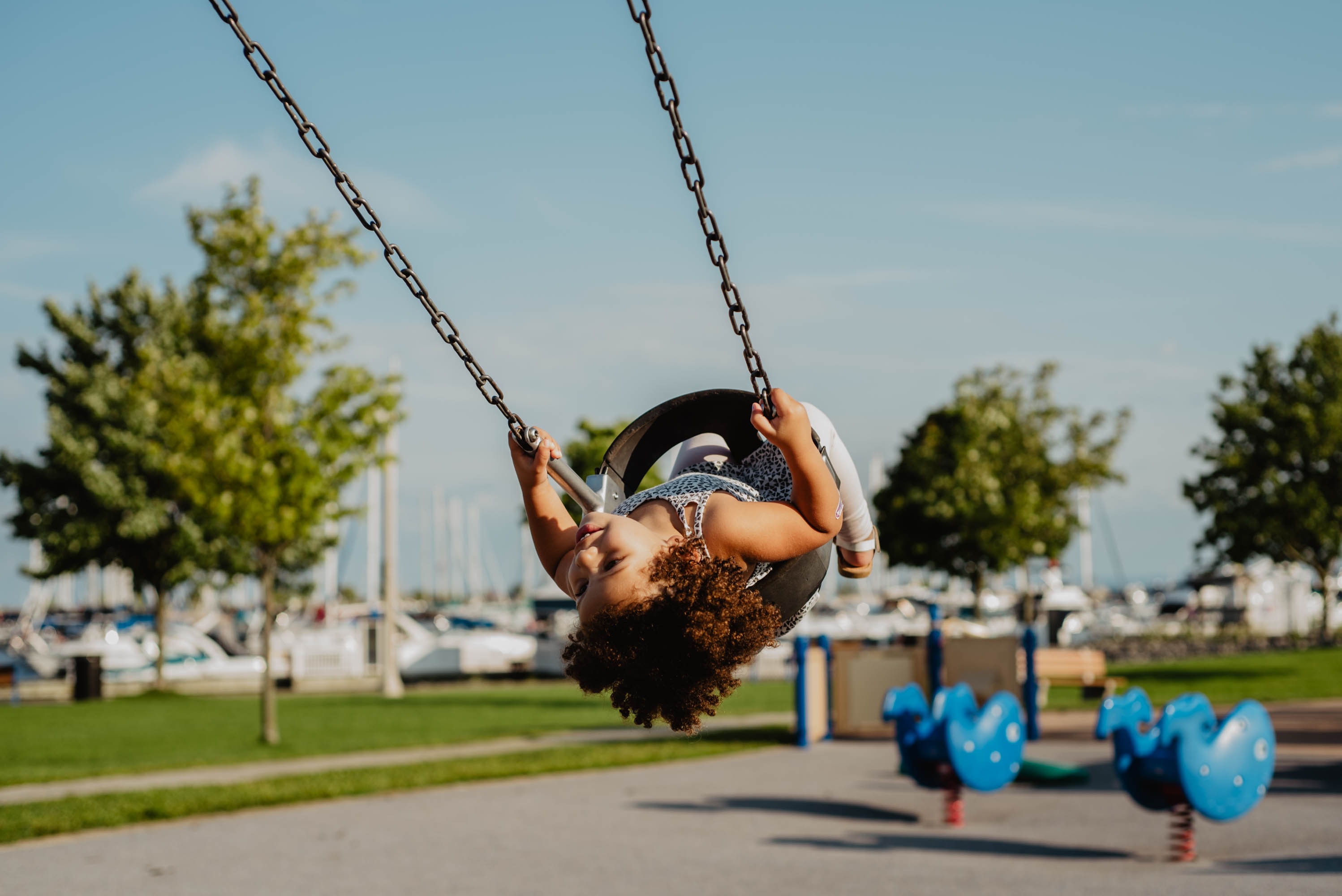How many times do parents and teachers tell a child to “sit properly and pay attention”? Almost everyday! Fidgeting, rocking back and forth, restlessness and slumping are commonly seen in the classroom. Consequently, children who can’t sit still are often deemed as “misbehaved, naughty and distractible”. The thing is, the child is probably not making a conscious decision to move – it is likely that they just can’t sit still because of poor vestibular processing.
We often hear about the 5 main senses – sight, sound, smell, taste and touch. We jokingly say that someone has a 6th sense. But it turns out we ALL have the 6th sense which is called the vestibular system. Vestibular receptors are located in our inner ear and are activated by the fluid in the ear canals as you move. It is basically our inner compass that tells the body what direction it is moving, how fast, if we are tipping over and how much the muscles need to be active to support the amount of movement. This sense also tells the muscles what to do in order to hold us still and upright.
So, when the vestibular system is under-developed, children could have trouble maintaining that upright posture on a chair to attend the tabletop activities and could show the so called “problem behaviour” we talked about above.
So how do we help our children build a stronger vestibular system?
These following activities can help develop the vestibular receptors and the inner ear fluid, which strengthens the connection between the ear and the brain for a better sense of balance i.e. vestibular system.
· Playing on swings, slides and see-saws in the playground
· Jumping on a trampoline
· Twirling
· Skipping
Give them a try especially in the morning before school! It could help the child have a more activated vestibular system which in turn helps with attention and focus in the classroom.
Author: Kaylee Cho


0 Comments